Cross-Border RWA: A Technical Breakdown of Global Real-World Asset Trading
The idea of tokenized real-world assets (RWAs) being traded seamlessly across borders has emerged as one of blockchain’s most ambitious use cases. But can cross-border RWA truly work at scale? To answer that, we need to move beyond the buzz and take a closer look at what’s technically feasible today—and what still belongs in the “wishlist” column.
Let’s break it down.
1. What Is Cross-Border RWA—Technically Speaking?
Cross-border RWA refers to tokenized representations of real-world assets—such as real estate, bonds, invoices, or commodities—that can be issued, traded, or collateralized across different legal jurisdictions.
On a technical level, this typically involves:
- Tokenization Platforms: Systems that mint digital tokens representing physical or financial assets (e.g., Centrifuge, Securitize).
- Smart Contracts: Used to automate terms of ownership, compliance, and settlement.
- Blockchain Infrastructure: Usually Ethereum or compatible L2 chains, used to provide transparency and traceability.
- Custody & Oracles: Bridging the on-chain/off-chain divide, particularly for asset verification and valuation.
The goal? A permissionless, global financial layer where RWA can be traded much like cryptocurrencies—instantly, and without borders.
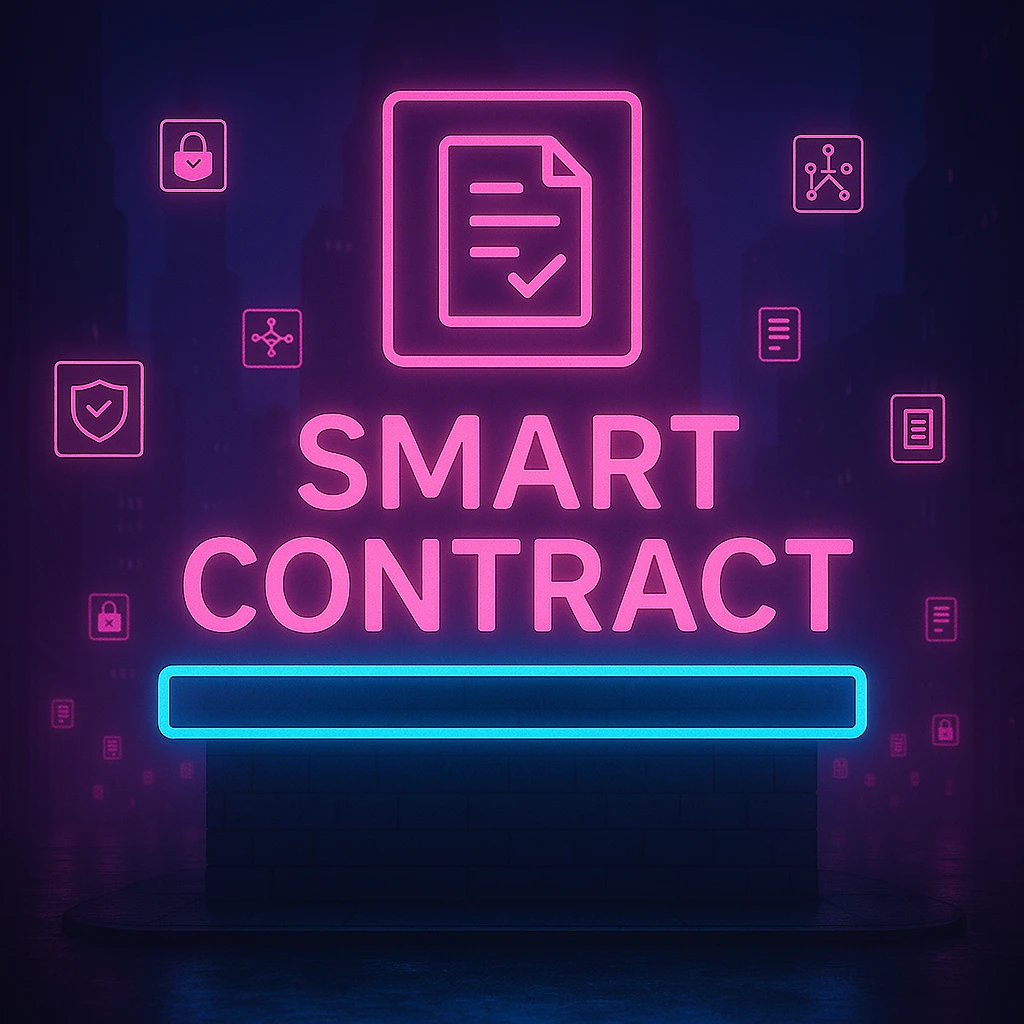
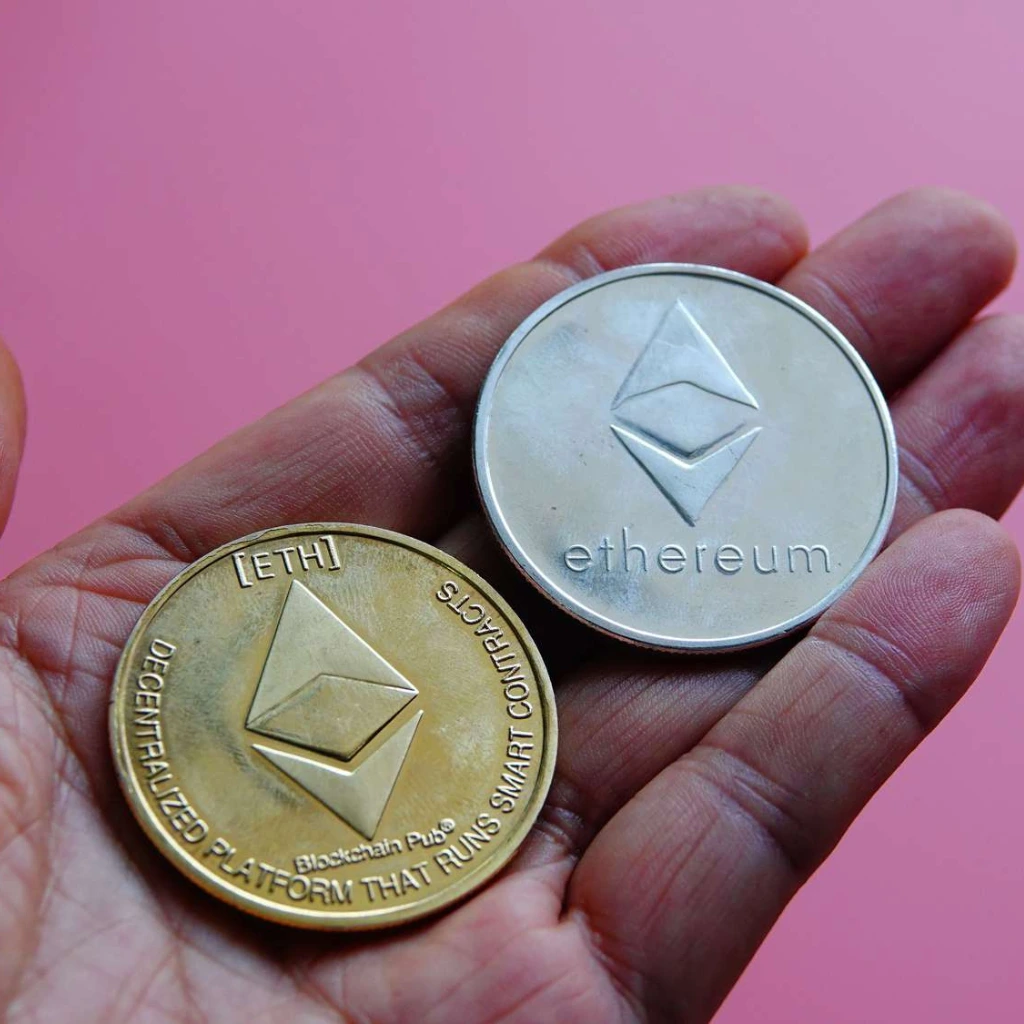
2. The Value Proposition: Why Cross-Border RWA Is Attractive
From a system architecture standpoint, the benefits are clear:
- Liquidity Access: By fractionalizing high-value assets, tokenization unlocks previously illiquid opportunities.
- Global Distribution: A German investor could, in theory, invest in a Philippine infrastructure project—without going through a maze of intermediaries.
- Programmability: Smart contracts enable real-time settlement, escrow mechanisms, and automated compliance filtering.
- Interoperability Potential: When standards align (a big “if”), tokenized RWAs can plug into DeFi, expanding financial use cases.
The potential upside is massive, especially for assets that are traditionally locked within regional frameworks.
3. Core Technical and Regulatory Barriers
Despite the appeal, several technical and real-world constraints make true cross-border RWA trading complex.
a. Jurisdictional Fragmentation
Blockchain doesn’t eliminate sovereign law. Asset recognition, investor rights, and enforcement mechanisms vary significantly:
- Real Estate: Ownership titles must be recorded with local authorities.
- Securities: Varying definitions and disclosures by region (SEC vs. EU MiFID vs. MAS in Singapore).
- Taxation & Reporting: Most tokenized RWAs are not yet tax-transparent or compliant across multiple jurisdictions.
This fragmentation limits the utility of “global” tokens—unless mirrored by harmonized legal structures.

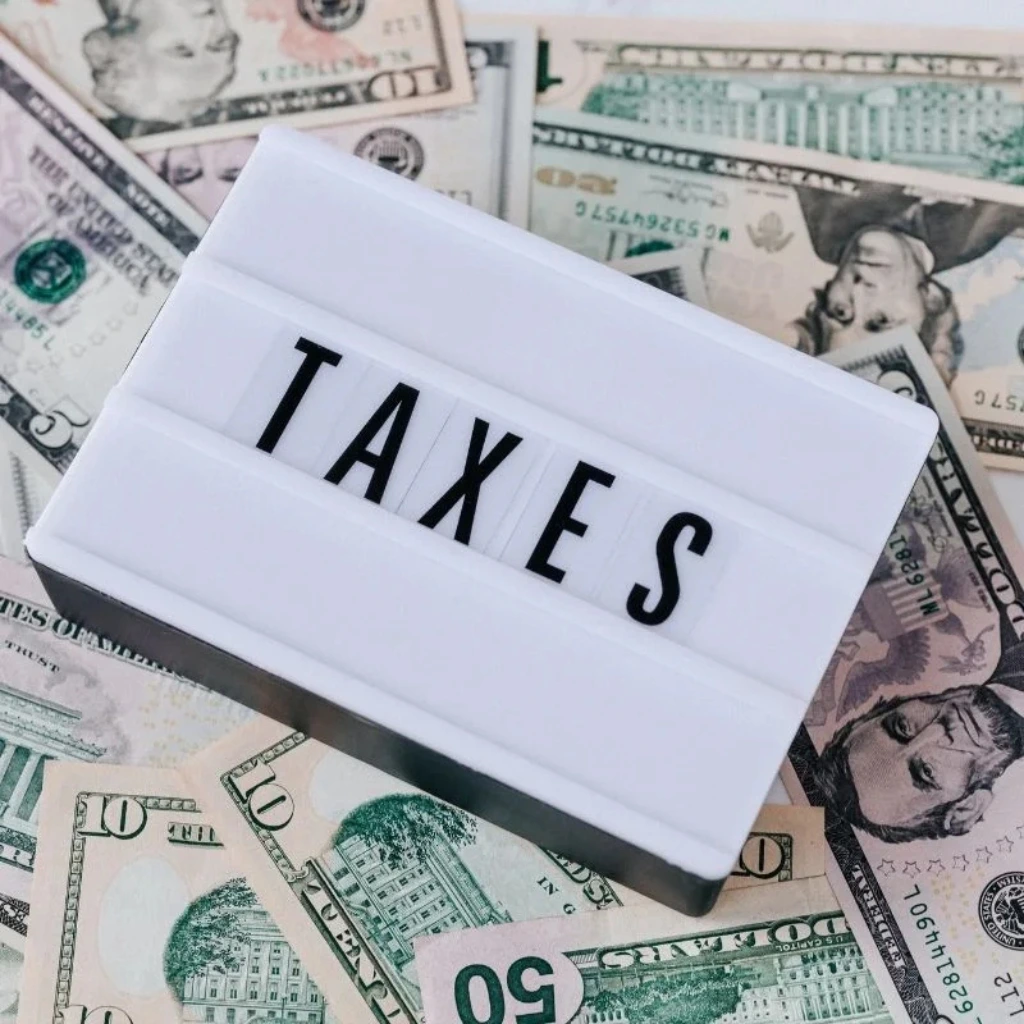
b. Enforcement and Dispute Resolution
Smart contracts can govern digital behavior, but off-chain enforcement (evictions, asset seizures, fraud cases) still relies on courts and local jurisdiction. There’s no global DAO for settling land disputes.
c. Oracle and Custody Risks
The “bridge” between token and asset is only as strong as its off-chain verification:
- What entity holds the asset?
- Who confirms valuation and condition?
- How are defaults handled?
Lack of auditable, standardized oracles remains a key weakness in cross-border RWA design.
d. FX and Settlement Layers
Tokenized RWAs often operate in stablecoins, but real-world assets are priced in fiat. This introduces currency conversion risks, slippage, and regulatory scrutiny on AML/KYC layers during settlement.
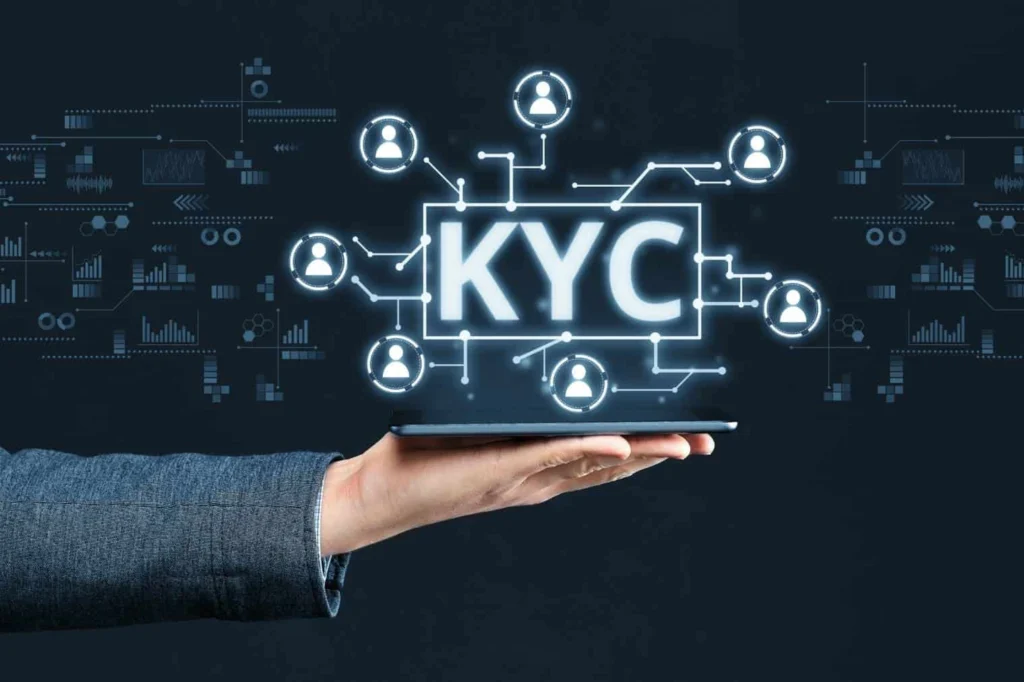
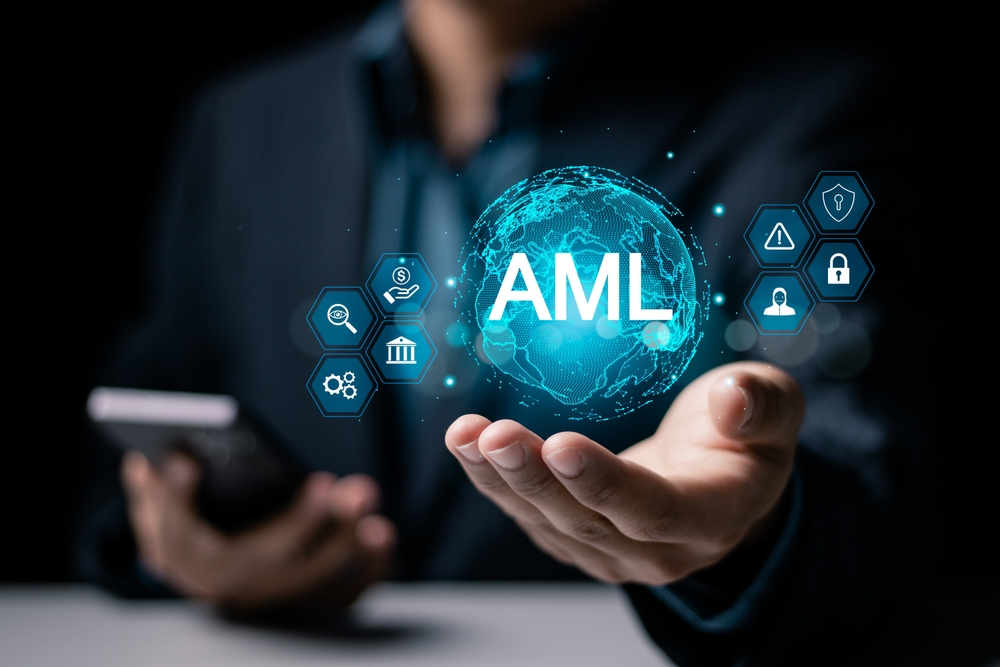
4. Progress and Active Projects
Several protocols are already working to address these issues:
- Centrifuge: Specializes in tokenized invoices and off-chain assets, with focus on SME financing.
- MakerDAO: Includes real-world collateral like real estate and revenue-sharing instruments.
- Maple Finance: Offers undercollateralized loans backed by off-chain underwriting.
Meanwhile, regulatory sandboxes (e.g., Singapore, UAE, Switzerland) are providing frameworks for testing cross-border compliance and asset tokenization.
5. Infrastructure Requirements for Cross-Border RWA Maturity
To scale globally, cross-border RWA systems need:
- Global Legal Interoperability: Model laws or bilateral recognition of tokenized ownership.
- Token Standards: Common frameworks like ERC-3643 for compliant asset tokens.
- Cross-Jurisdictional KYC: Portable identity systems and standardized accreditation checks.
- On-Chain Governance: Arbitration mechanisms that reflect international legal norms.
It’s an ambitious roadmap—but progress is visible.
Conclusion: The Tech Is Here, But the World Isn’t Quite Ready
So, can RWA be traded globally? From a technical standpoint, yes—within narrow, permissioned environments. But in terms of wide-scale, public market infrastructure that spans legal boundaries and asset classes? Not yet.
Cross-border RWA is still in early innings. While the base layer is being built—blockchain, smart contracts, oracles—the legal, regulatory, and enforcement rails are lagging behind.
But give it time. As nations align on standards and as protocols mature, we could very well see a global system where RWAs move fluidly across borders.
Until then, it remains a high-potential concept that’s technically sound—yet operationally incomplete.
Relevant Link : Busting the Myths: Can Cross-Border RWA Really Work?




